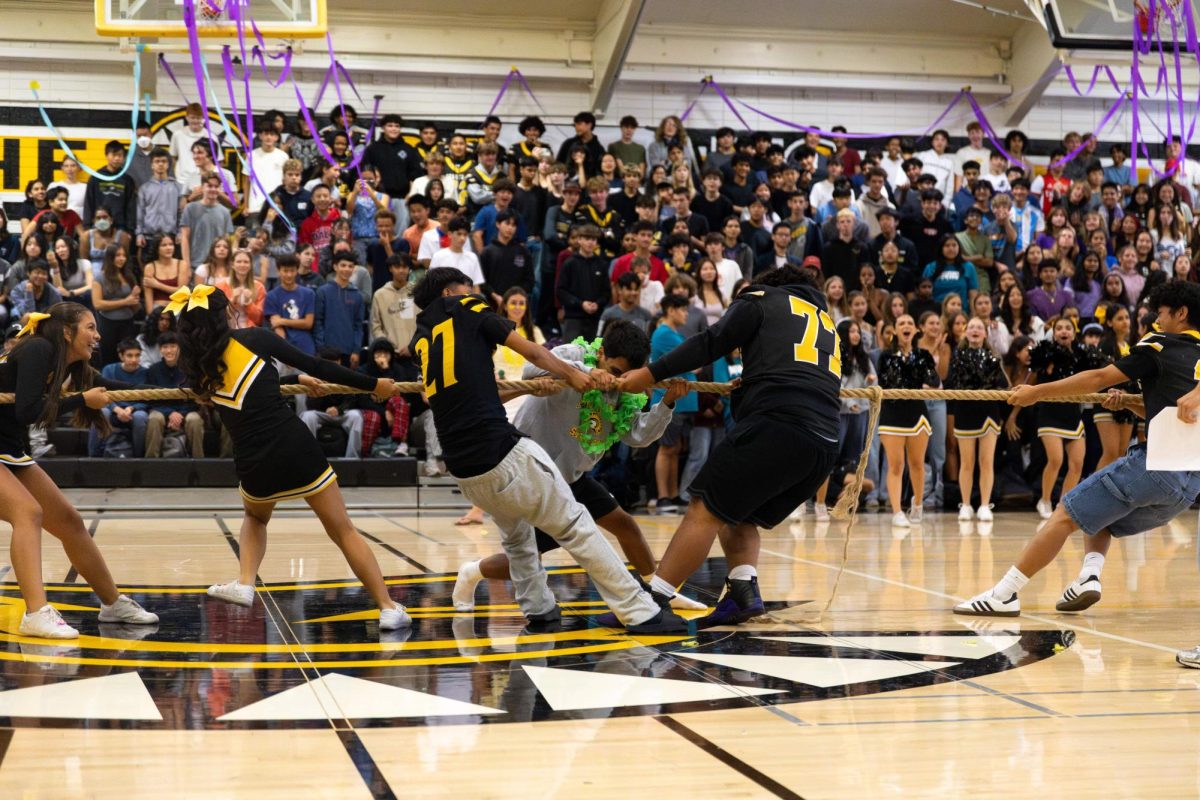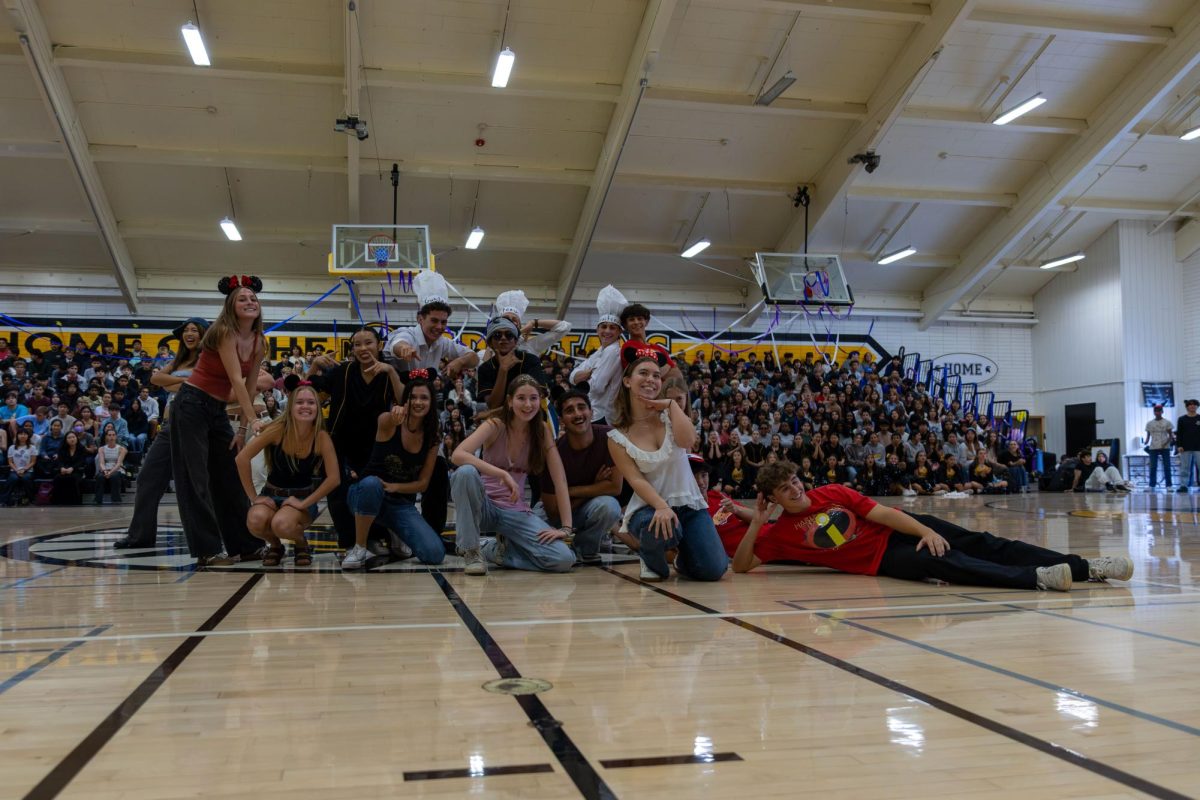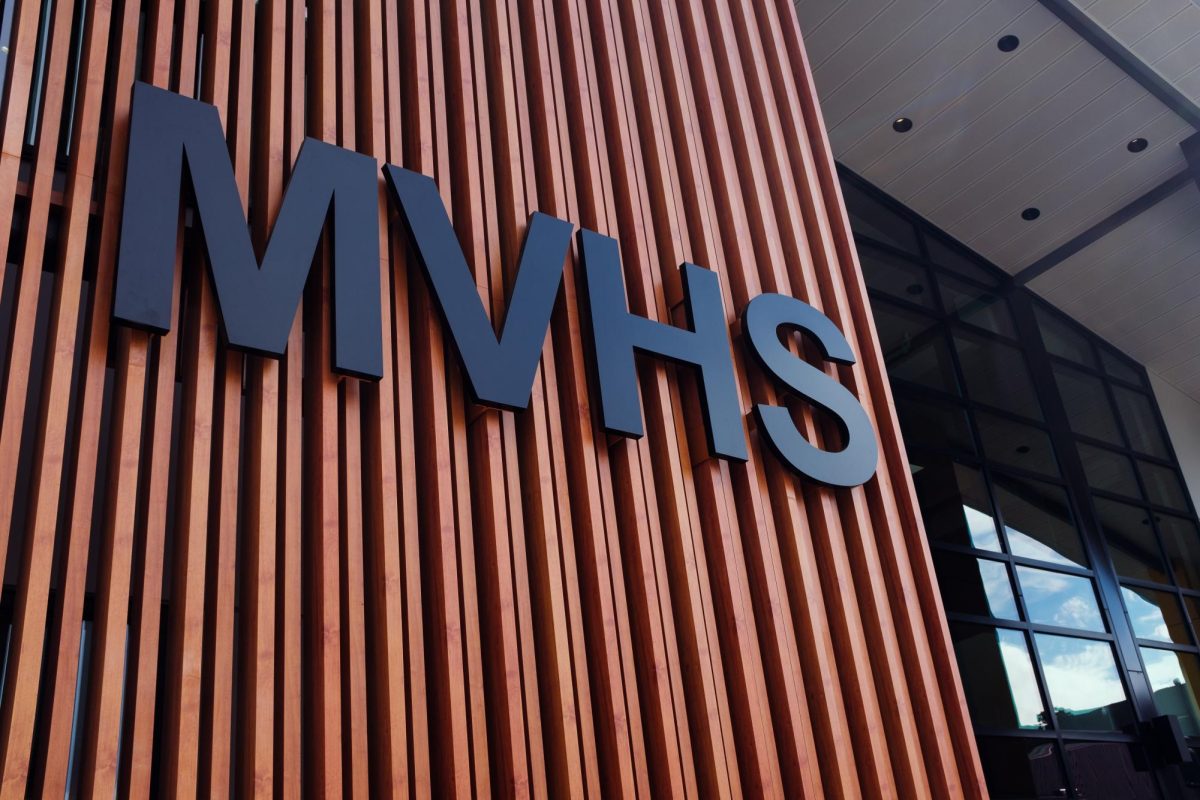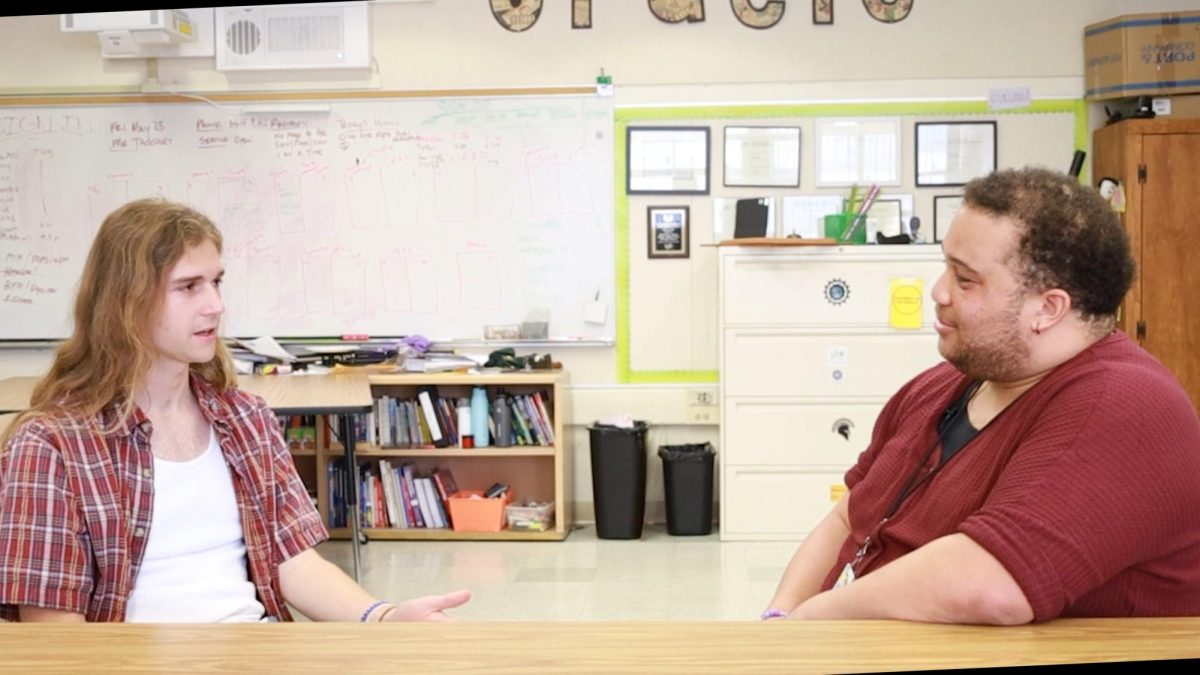A colossal Dragon T-Rex mix knocking over skyscrapers with a flick of his tail, destroying SF’s Golden Gate bridge in a single swipe, and striking fear in the inhabitants of the world with his terrifying roar. Does this sound familiar? It should after nearly 30 Godzilla remakes but still last Friday, the monster returned to movie theatres in Gareth Edward’s 2014 remake Godzilla.
Edward’s rendition displays that he is not afraid to stray from the age-old Godzilla recipe that is proven to create delicious mixtures of terrifying monsters, bone-crushing action sequences, and excellent special effects. As the film begins at a coal mine in the Philippines and later at a nuclear power plant in Japan, it becomes clear that there is a monster on the loose, but this monster is not Godzilla. Actually the audience is not introduced to the star of the show until at least a third of the film has been viewed.
Instead the audience gets to know “Breaking Bad’s” Bryan Cranston and “Kick-Ass’s” Aaron Taylor-Johnson. The two form a dysfunctional father and son duo who attempt to expose a government cover-up of a nuclear power plant disaster from fifteen years ago that killed Cranton’s wife in the process. But what they find is much more than what they expected. While this segment establishes needed character development, it is tedious and it distracts the audience from the reason they paid the additional money for 3D IMAX tickets: Godzilla!!!!
But be patient because when the swagelicous Godzilla rolls up on the scene, the special effects and action scenes make it well worth it. Edwards does an excellent job of displaying the computer-animated glory of his monsters from multiple perspectives. The audience sees the incredible height and stature of Godzilla from the low angle point-of-view of San Francisco citizens looking up in fear at the advancing behemoth. But no shot is better than the high angle view seen from the perspective of soldiers being paradropped from a plane in the upper atmosphere onto San Francisco and Godzilla. The scene shows the true scale of the 350-foot giant as he towers over recognizable San Francisco landmarks such as the Trans America Tower and the Chinatown Dragon Gate.
Godzilla’s pure size is one of the films best assets and it put me in awe multiple times. It is estimated that Godzilla has grown to become thirty times larger than when he premiered in the 1954 original “Gojira” created by Japanese director Ishiro Honda. That is not the only thing that has changed in the past 60 years. The initial film premiered only 9 years after the atomic bomb blasts at Hiroshima and Nagasaki, the film monster “Gojira” acted as a cautionary metaphor representing the destruction made possible by modern weaponry. In today’s version, Godzilla’s relationship with atomic bombs has changed with the story and now shows monsters eating up warheads with more vigor than Augustus Gloop eats chocolate in “Charlie and the Chocolate Factory.” In addition, the pretext of the story uncovers that the 1954 bomb testing at Bikini Atoll was not testing at all but instead an attempt to kill Godzilla with atomic force—plan that backfired as Godzilla simply fed on the radiation and became awesomely vicious.
All in all, Gareth Edward’s 2014 version of Godzilla starts slow but picks up the pace in the second half to conclude in an awesome final battle. And what could be more fun than to watch our home town San Francisco be trampled fictionally by Godzilla?
Rob’s star rating: *** (three stars)




































Peter Brothers • May 30, 2014 at 1:53 pm
Ishiro Honda’s original “Godzilla” told a tale of defeat, destruction and resurrection, ending with a warning and will live forever as a cinematic masterpiece. This new film is all about special effects and will be as quickly forgotten as Honda’s original will be much longer cherished.
-Peter H. Brothers, author of “Mushroom Clouds and Mushroom Men: The Fantastic Cinema of Ishiro Honda.”